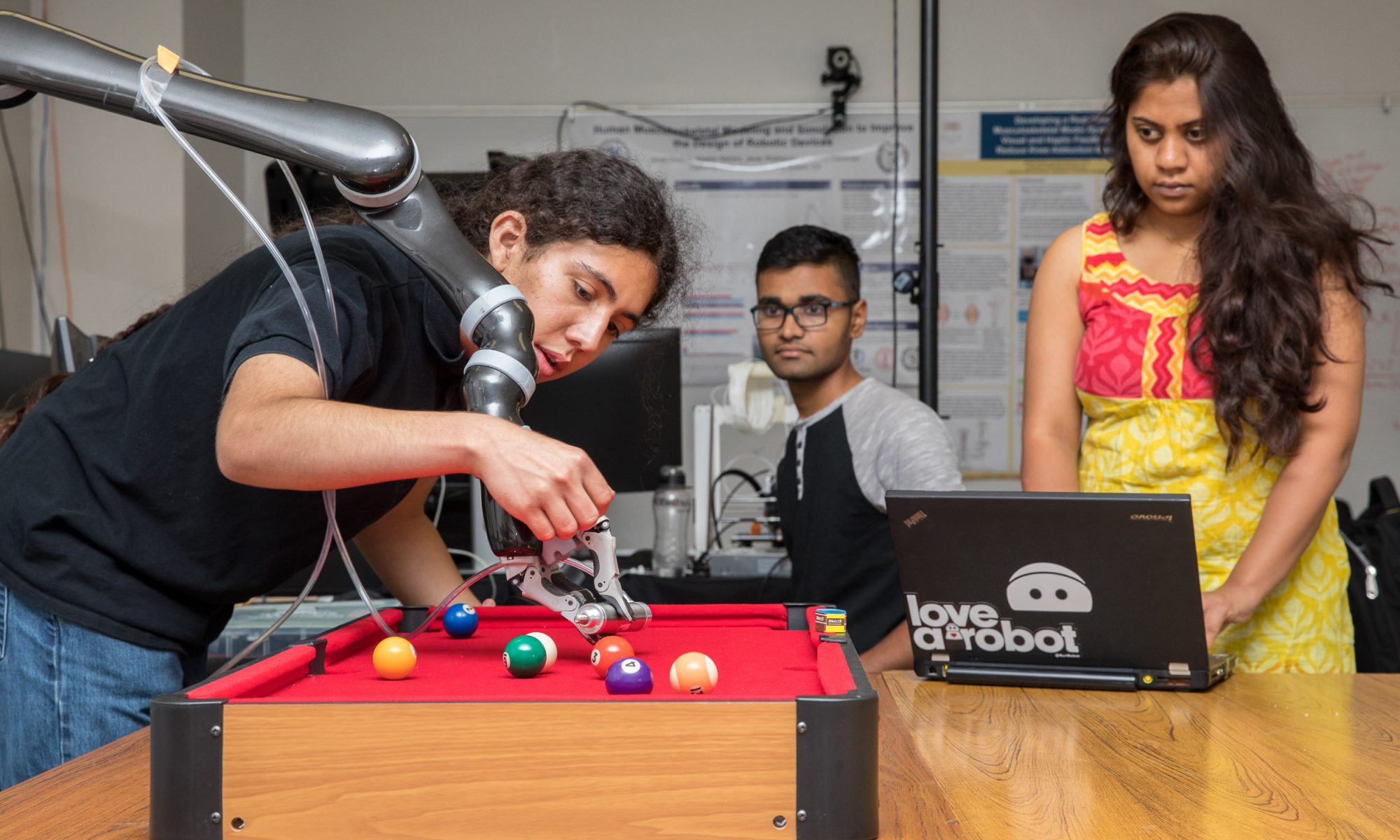
Reducing emissions from gas grills and pasta cookers. Finding a cost-effective method to detect methane leaks in residential walls. Developing a tool that can return compressed pipes to their original shape.
These were some of the technical problems that students tackled as part of the CSULB College of Engineering’s partnership program with the Southern California Gas Co. (SoCalGas).
“This is a win-win opportunity,” said Hal Snyder, SoCalGas Vice President of Human Resources, Diversity, and Inclusion “Students obtain practical experience, and you’re actually working on things that can help our company.”
The four-year-old CSULB program is led by Rodger R. Schwecke, SoCalGas Senior Vice President of Gas Transmission and Storage. Schwecke, a 1983 B.S. in chemical engineering graduate, said, “It’s great to see these bright engineering students take an idea from concept to physical demonstration, with supporting test data to show results. Ideas such as addressing the ovality of plastic pipe prior to connections, that can turn into commercially viable applications to help our business.”
About two dozen CSULB chemical engineering and mechanical and aerospace engineering students are chosen each year to work on the research projects in satisfaction of their senior design project requirement. SoCalGas provides funding for each project, plus a $1,000 scholarship for each student.
The students selected are divided into teams. They begin with a concept, conduct a literature survey, consider how to approach the project, and also carry out design, development, and fabrication.
Teams presented their results for SoCalGas engineers and executives at the end of the Spring semester. SoCalGas officials asked questions and sought clarification. “It looks like you learned a lot,” Snyder said.
Rommela Balandra, Hoang Dinh, Davis Hill, and Tamanna Khandaker, worked on the gas grill and pasta cooker emissions problem. Their focus was on developing an optimum testing process to detect the emissions.
Tahani Al Bulushi, Roozbeh Ghasemian, Joceline Pereira, Christie Sutanto, and Uyen Tran evaluated titanium dioxide’s role in air quality improvement.
Joshua Dickman, Mehdi Dooraghi, Yu Liang, Ruben Sanchez, and Didiel Vasquez-Morales developed a methane leak-detection pipe robot designed to present potentially deadly explosions in residential housing. Their tool won second place in a Society of Petroleum Engineers contest.
Issa Alhbasi, Kelvin Mwenja, Mazin Sal-Jahdhami, and Otto Schaeffler developed an easy-to-use tool to restore ovality to pipes that have been compressed during transportation. Gas Co. officials lauded their work, since ovality is central to obtaining a “tight fit” on pipe connections.
Team members said they appreciated the opportunity to work on solving real-world problems. “This was a really good experience,” said Davis. “It’s real-life learning, and the year-long process is really helpful.”
The technical issues are challenging, requiring much thought, research, design work, and troubleshooting. The students meet weekly with Gas Co. officials and receive feedback.
Besides overcoming technical hurdles, students also learn how to work as a team. “We learn how to communicate and not make assumptions,” said team member Liang, who said his team developed closer working relationships by sharing food from their different cultures.
The program’s team leader is CSULB Mechanical and Aerospace Engineering professor Parviz Yavari.

